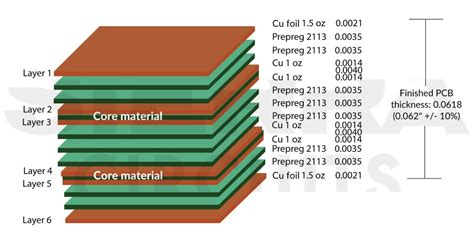
RF & Microwave Blog
-
RAYPCB -standard-stackup-for-multilayer-pcbs
Posted by
–
 Read more: RAYPCB -standard-stackup-for-multilayer-pcbs
Read more: RAYPCB -standard-stackup-for-multilayer-pcbsIntroduction to PCB Stackup A PCB stackup refers to the arrangement of copper and insulating layers that make up a printed circuit board (PCB). It is a critical aspect of PCB design as it determines the board’s electrical properties, mechanical strength, and manufacturability. In this article, we will dive into […]
-
PCB impedance control
Posted by
–
 Read more: PCB impedance control
Read more: PCB impedance controlWhat is PCB Impedance and Why Does it Matter? PCB impedance refers to the opposition to alternating current in a printed circuit board (PCB). It is an important electrical characteristic that needs to be tightly controlled, especially in high-speed digital systems. Improper PCB impedance can lead to signal integrity issues, […]
-
Power Supply Bypassing of the PCBs
Posted by
–
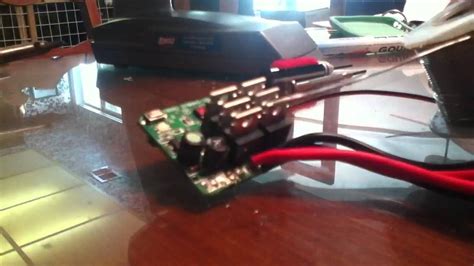 Read more: Power Supply Bypassing of the PCBs
Read more: Power Supply Bypassing of the PCBsWhat is Power Supply Bypassing and Why is it Important? Power supply bypassing, also known as decoupling, is a critical aspect of printed circuit board (PCB) design. It involves strategically placing capacitors near integrated circuits (ICs) to provide a stable and clean power supply, minimizing noise and voltage fluctuations. Proper […]
-
PCB Via Types
Posted by
–
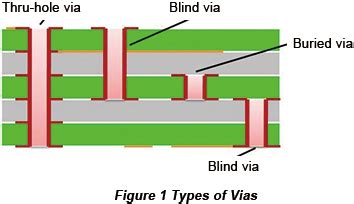 Read more: PCB Via Types
Read more: PCB Via TypesUnderstanding the Different Types of PCB Vias Printed Circuit Boards (PCBs) are essential components in modern electronic devices, connecting various components and enabling the flow of electrical signals. One crucial aspect of PCB design is the use of vias, which are conductive pathways that allow signals to pass through different […]
-
Where to get a fastest PCB Assembly prototype
Posted by
–
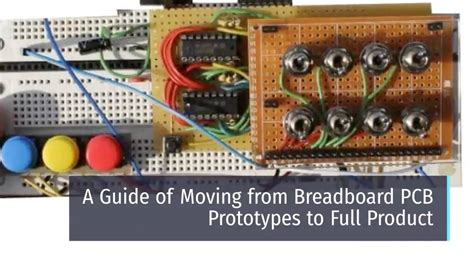 Read more: Where to get a fastest PCB Assembly prototype
Read more: Where to get a fastest PCB Assembly prototypeIntroduction to PCB Prototyping Printed Circuit Board (PCB) prototyping is an essential step in the development of electronic devices. It allows designers and engineers to test and validate their designs before mass production. A PCB Prototype is a physical representation of the circuit design, which can be used to evaluate […]
-
DesignSpark PCB Design Software for Windows PCs
Posted by
–
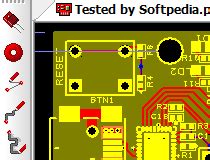 Read more: DesignSpark PCB Design Software for Windows PCs
Read more: DesignSpark PCB Design Software for Windows PCsKey Features of DesignSpark PCB 1. Intuitive User Interface DesignSpark PCB boasts a clean and intuitive user interface that makes navigating the software a breeze. The well-organized toolbar and customizable workspace allow users to access frequently used tools and commands quickly, streamlining the PCB design process. 2. Schematic Capture The […]
-
8 rules for designing PCB stack up
Posted by
–
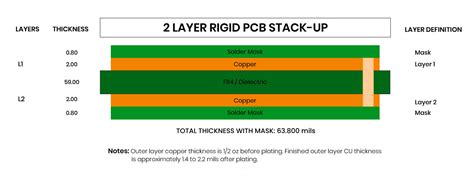 Read more: 8 rules for designing PCB stack up
Read more: 8 rules for designing PCB stack upIntroduction to PCB Stack-Up Design Printed Circuit Board (PCB) stack-up refers to the arrangement of copper and insulating layers that make up a PCB. The stack-up design is a critical aspect of PCB design as it directly impacts the electrical performance, manufacturing process, and overall cost of the final product. […]
-
What Is Copper Based PCB
Posted by
–
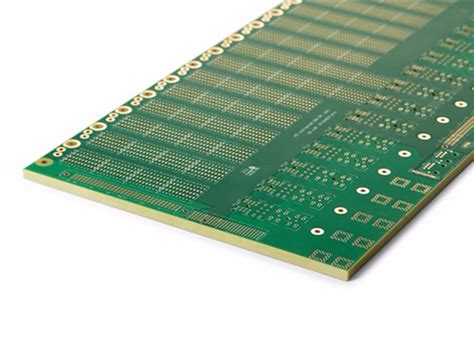 Read more: What Is Copper Based PCB
Read more: What Is Copper Based PCBIntroduction to Copper-Based Printed Circuit Boards Printed Circuit Boards (PCBs) are the backbone of modern electronics. They provide a platform for electronic components to be mounted and interconnected, forming a complete circuit. Among the various types of PCBs, copper-based PCBs are the most widely used due to their excellent electrical […]
-
BGA Assembly Capabilities
Posted by
–
 Read more: BGA Assembly Capabilities
Read more: BGA Assembly CapabilitiesWhat is BGA? BGA is a type of surface-mount package that uses a grid of solder balls on the bottom of the component to connect to the printed circuit board (PCB). The solder balls are typically arranged in a regular matrix, with pitches ranging from 0.5mm to 1.27mm. BGAs can […]
-
Flexible PCB Capabilities
Posted by
–
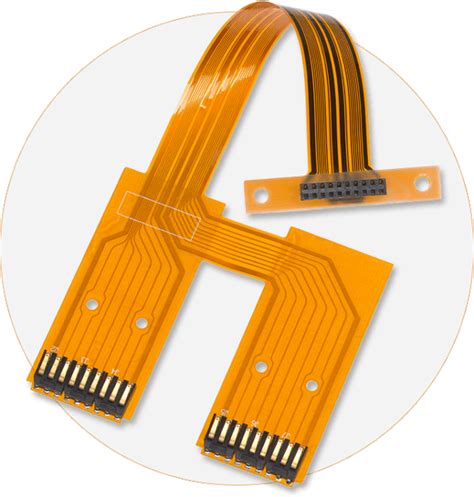 Read more: Flexible PCB Capabilities
Read more: Flexible PCB CapabilitiesWhat are Flexible PCBs? Flexible PCBs, also known as Flex circuits or Flex-PCBs, are a type of printed circuit board that uses a flexible substrate material, typically polyimide or polyester, to interconnect electronic components. Unlike traditional rigid PCBs, Flex PCBs can bend, twist, and fold, allowing for more compact and […]
Recent Posts
- How to Select Material for Your PCBs from Cost and Reliability Considerations
- Problems of EMC Technology Application in PCB Design of Electronic Devices and the Strategies
- Fabrication Technology on Flex-Rigid PCB Window
- Problems of High-Frequency and High-Speed Multilayer PCB Fabrication and Their Solutions
- Key Difficulties and Tips for Backplane PCB Fabrication